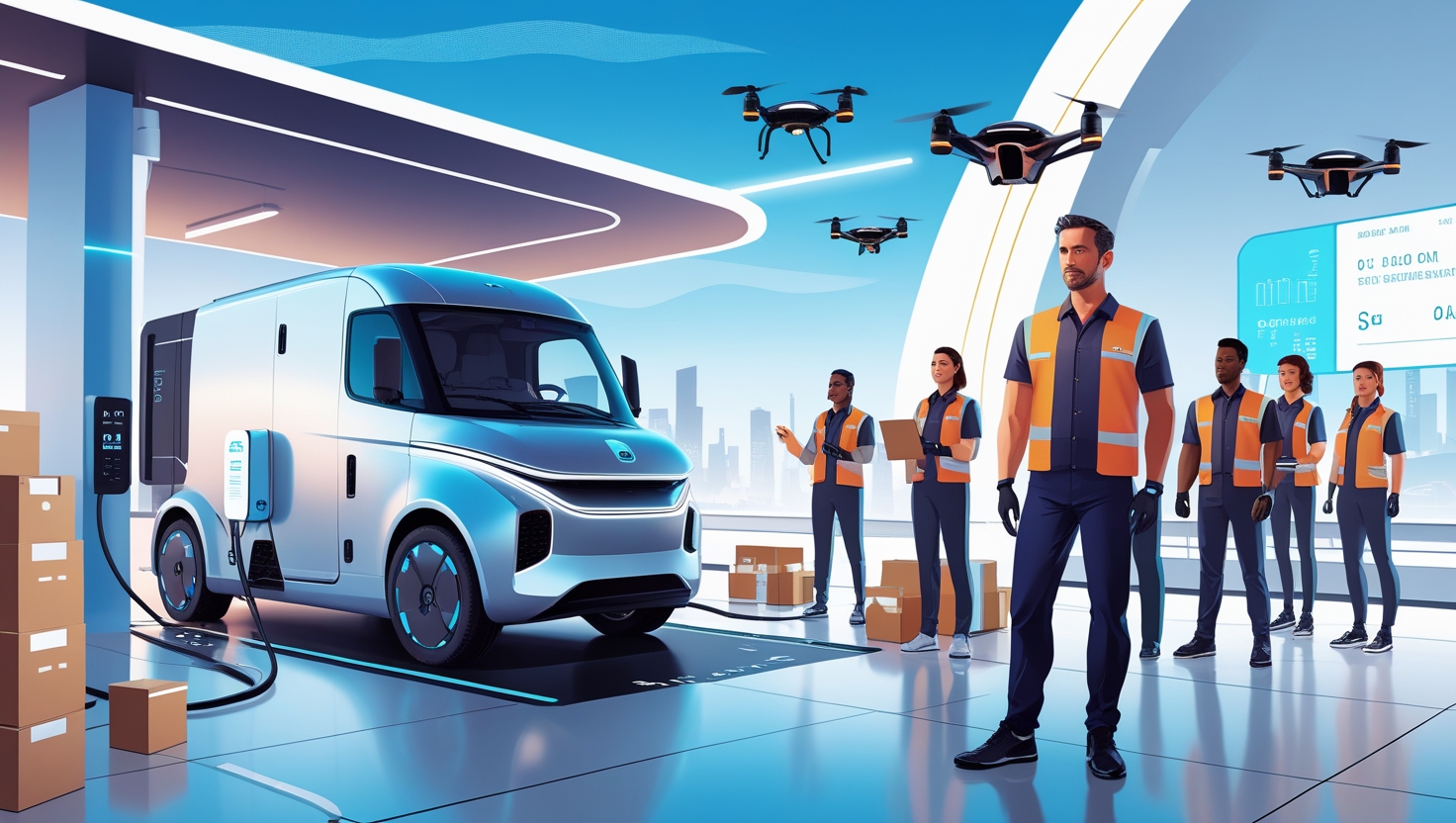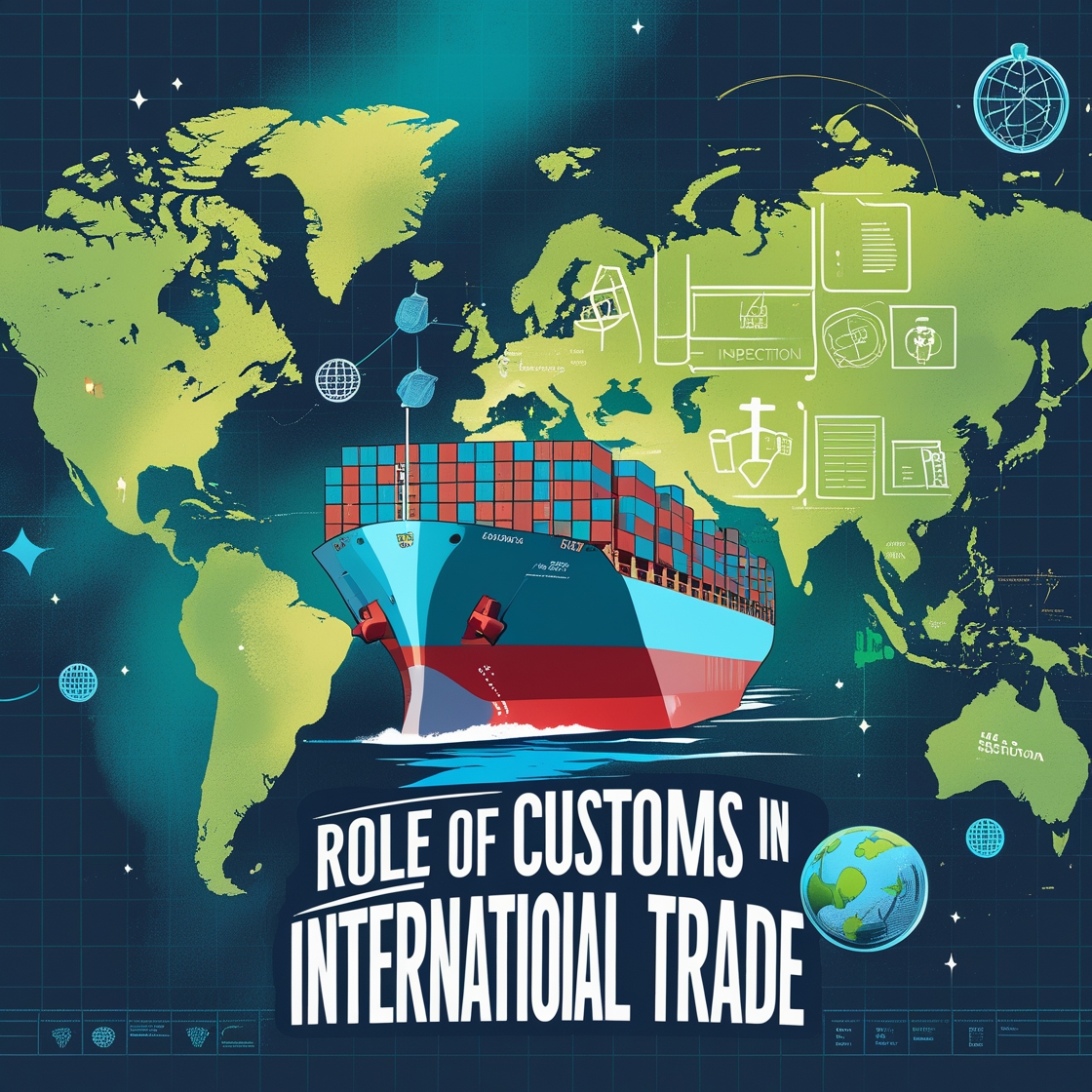Logistic systems are an undeniable part of global trading. A better logistic system can facilitate higher trading volume. It can increase efficiency and reduce time. Logistics are a huge part of cross-border trading. It extends from land to sea and air. There are numerous Electric Vehicles in Logistics, ships, and planes involved in the shipping and logistics industry.
Most of these Electric Vehicles in Logistics are vital to various logistic operations run on fossil fuels such as diesel. The transportation industry contributes to almost 21% of global CO2 emissions. Diesel trucks are one of the most responsible for releasing greenhouse gases and pollutant particles in the logistics sector. The International Energy Agency (IEA) predicts that if the current trend continues, freight transport emissions will go up by 50% by the end of 2050. This has made the transportation industry one of the top emitters of greenhouse gases, especially CO2.
However modern technology has found a way to limit curb emissions with the usage of electric vehicles. Unlike internal combustion engines and diesel engines, EVs don’t emit any burnt gases. So they don’t release any pollutants in the air. Bloomberg NEF reported that EVs can emit 71% less greenhouse gases during their lifespan and this percentage can increase further with renewable charging sources. So EVs will transform the logistics sector and make it more sustainable in its everyday operations.
Drivers of EV Adoption in Logistics
Government Policies and Incentives
To achieve carbon neutrality, governments around the world are giving incentives to consumers to shift to EVs. This is to reduce the stress on the environment, battle climate change such as global warming and at the same time raise awareness among the population. The EU has a Fit for 55 package that aims to reduce greenhouse gas emissions by 55% by 2030 compared to 1990 levels. This is a step towards achieving carbon neutrality by 2050. China also offers incentives for purchasing EVs. Now ports around the world are also using electric trucks, vehicles, and cranes, moving away from the usage of diesel.
Development of Battery Technology
Battery technologies have come a long way in the past decade. Now they cost less to produce because battery materials such as lithium are mined more and they cost less to process due to technology becoming more available. The cost of lithium-ion batteries has decreased by almost 97% in the last decades. This trend continues today as new technologies come onto the scene, making batteries more efficient and cheaper. Now there are trucks available that offer 400 miles per charge. So better battery life has made it easier for industries and consumers to adopt EVs.
Increase Fuel Cost
In recent times the oil market has experienced huge volatilities. This has made diesel and petrol prices jump up. The rippling effect of increased fuel prices made the price of everything go up as everything depends on transportation. With EVs, vehicles don’t need to depend on diesel. Besides no fuel cost EVs require less maintenance making them an economic choice.
Application of EVs in Logistics
Last Mile Delivery
This is the end stage of a supply chain. EVs can play a big role in this part of transportation as this step involves numerous starts and stops. A lot of trucks and vans are engaged in this step. If these vehicles shift to electric emissions will go down by a large margin. DHL has taken an initiative towards EVs through Street Scooter with which the company has been able to reduce emissions. Currently, there are more than 15,000 electric vehicles worldwide for DHL.
Moving Cargoes in Cities
Cities are full of vehicles so traffic congestion is a common scene. Electric trucks can benefit from this congestion. They can traverse low-emission and zero-emission zones without worrying about penalties. Moreover, EVs don’t discharge burnt gases while idling this also saves them energy.
Long Haul Transportation
EVs haven’t fully broken into the long haul. This is due to the range being a limiting factor. The lack of charging infrastructure is also another issue. But that is changing with newer battery technologies such as solid-state batteries. Governments are also incentivizing EV charging stations to make charging infrastructures more available. EV companies are creating trucks that combine the power of electricity with hydrogen cells.
So far Tesla’s Semi is clocking in at an impressive 500 miles of range. Other manufacturers like Volvo and Daimler are also working on hydrogen and battery-powered semis. The IEA has found that by 2030, 10% of all newly purchased trucks will be electric or fuel-cell-powered.
The logistics industry is supported by technology. The ever-changing world means that there is increasing adoption of more efficient and innovative methods. Collaborating with technology and electric vehicle manufacturers, the logistics industry can consider itself at the forefront of this technological revolution. Electric vehicles are the future given that they sustain the same standard of efficiency that the logistics industry upholds. And as we all are aware, the adoption and improvement of green technologies is the best way forward.


